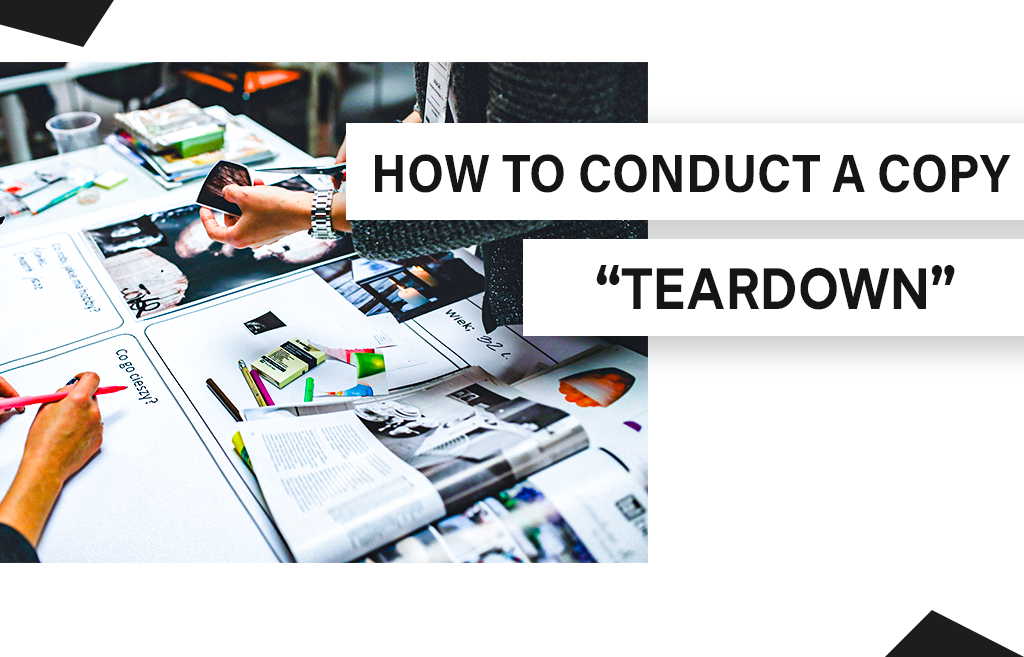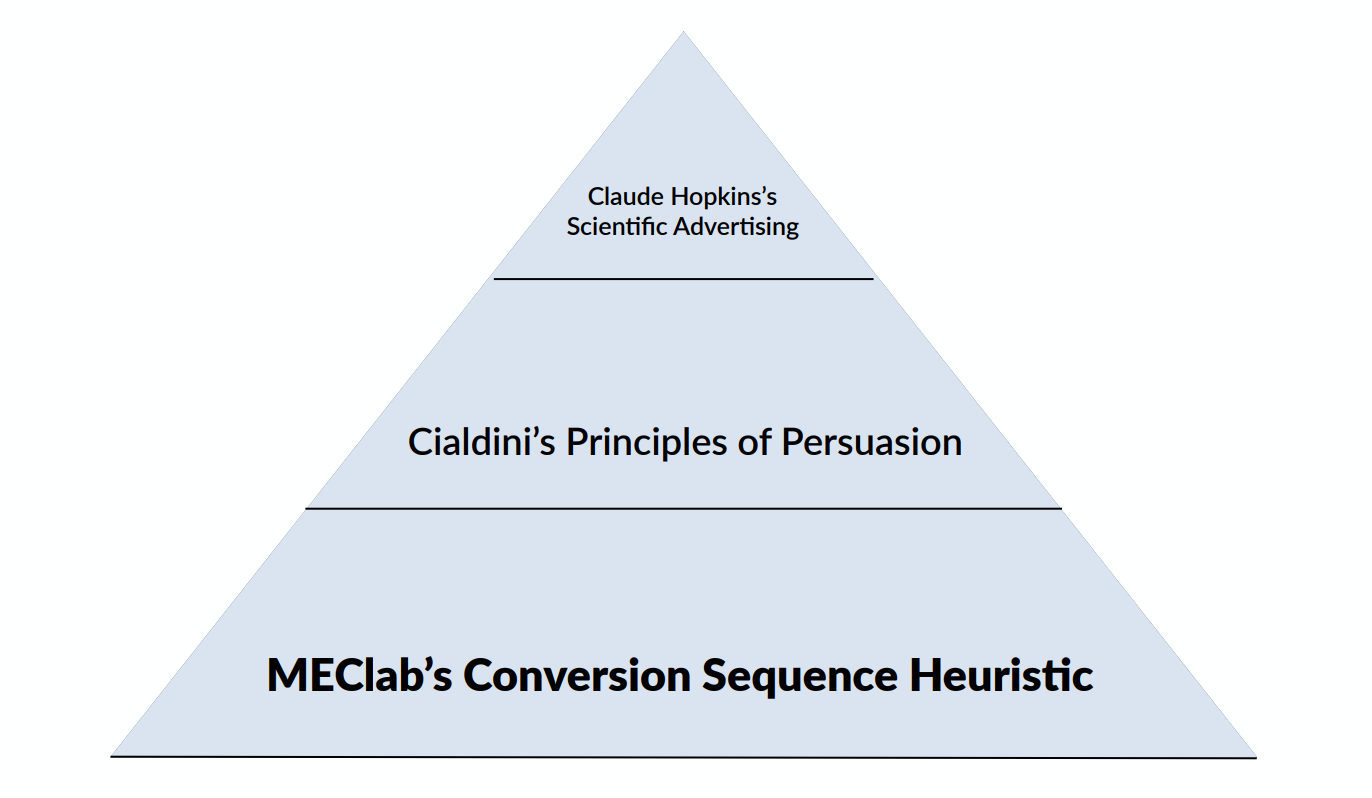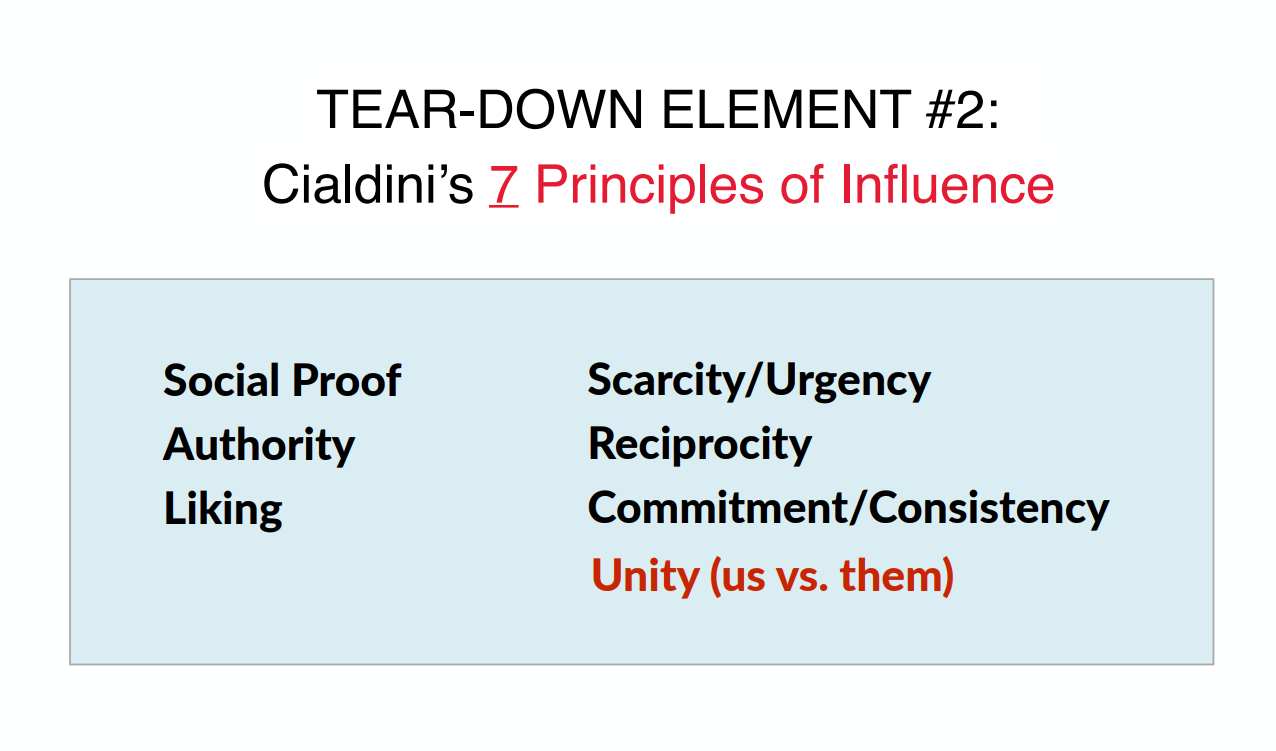
How To Conduct A Copy “Teardown”
In this digital era, a website is mandatory for every business that is launched. However, the effectiveness of these websites depends on several factors. In this article, we will focus on the basis of a copy teardown, which is an essential step in enhancing product messaging.
Before we dive deeper into the product messaging, I would like to mention that the following content is based upon the learnings that I did during the eighth Week of Conversion Optimization, my mini degree course at CXL Institute, led by Peep Laja & team.
If you are a startup, your website should be optimized for
1. Building relationships with your customers
2. Ultimately selling your product
Every visit counts—especially if it’s a qualified visit.
Basis Of Copy Teardown
When we talk about conventional teardowns, the biggest problem is that page tear downs or their heuristic analogies, they can be hugely opinion-based, and when that happens people contend to just revel in channeling their inner Simon Cowell and just ripping a page to shreds based on just what they like or they don’t like.
To avoid this, we will be focusing on three elements for the systematic copy teardown approaches backed by proven formulas.

Image Courtesy: CXL Institute
MECLab’s Conversion Heuristic Formula – Teardown Element #1
In order to address the persuasive argument on the page affecting the conversion rate, MarketingExperiments’ came up with a formula (not an actual mathematical equation). This equation focuses on the probability of conversion, or in other words the probability that your visitor is going to make a purchase.

Image Courtesy: CXL Institute
Let’s discuss the elements in this formula.
- C = Probability of Conversion – What is the probability of the prospects saying yes to your offer?
- M = Motivation – Understand the prospect’s motivation and make sure that your messaging is aligned with that motivation.
- V = Clarity of Value Proposition – What are you offering your prospects that they can’t get anywhere else?
- I = Incentive – Special offers to incentivize customers to purchase their products.
- F = Friction – Decreasing the friction, such as a low number of clicks to buy, easy checkout process, etc.
- A = Anxiety – Take care of FUDs (Fears, Uncertainties & Doubts)
Cialdini’s Principals Of Persuasion – Teardown Element #2
One of the most cited books on Influence & Persuasion is Robert Cialdini’s Influence: The Psychology of Persuasion. First published in 1984, Influence remains an essential item for every marketer’s reading list.
In Influence, Cialdini boils down the key ingredients into the following “weapons of influence”:

Image Courtesy: CXL Institute
There are six original principles, whereas the seventh principle has been added pertaining to periodic updates to product messaging.
A large part of the successful high-converting landing page lies in understanding and channeling that perfect mix of persuasive ingredients that convinces visitors to act.
Let’s discuss the elements:
- Social Proof – Target the tribal human nature, every time we are uncertain, we take cues from people around us.
- Authority – In order to be trusted, you need to position your brand as an authority
- Liking – People end up buying a particular product simply because we like the person selling it to us.
- Scarcity/Urgency -People desire the things they perceive as less available. That’s the principle of scarcity.
- Reciprocity – People are conditioned to follow the rule of “give and take”.
- Commitment/Consistency – Align the external behaviors with inner beliefs and values. Focus on the rule of commitment and consistency.
Claude Hopkins’ Scientific Advertising – Teardown Element #3
Widely regarded as the first conversion copywriter, Claude Hopkins used to put promo codes in his ads that people had to use to get the offer. Based on these unique promo codes, he was able to track the conversions, effectively analyzing the results to continually improve his ad results.
“We cannot go after thousands of men until we learn how to win one.” – Claude C. Hopkins
Hopkins’s Rule #1: Be Specific
A generic copy that summarizes a lot of things is more likely to be completely forgotten by people, as it lacks really fine, specific memorable details. If you want your copy to stand out, focus on the specificity.
“Platitudes and generalities roll off the human understanding like water from a duck. They leave no impression whatsoever… People recognize a certain license in selling talk as they do in poetry. A man may say, “Supreme in Quality” without seeming a liar, though one may know that other brands are equally as good … But just for that reason, general statements count for little. And a man inclined to superlatives must expect that his every statement will be taken with some caution. …But a man who makes a specific$claim is either telling the truth or a LIE. People don’t expect the advertiser to LIE.”
Hopkins’s Rule #2: Offer Service
“Remember that the people you address are selfish, as we all are. They care nothing about your interest or your profit. They seek service for themselves. Ignoring this fact is a common mistake and a costly mistake in advertising. …The best ads ask no one to buy … [They] are based entirely on service. They offer wanted information. They cite advantages to users. Perhaps they offer a sample … so the customer may prove the claims without any risk. Some of these ads seem altruistic.
But they are based on a knowledge of human nature.”
Hopkins’s Rule #3: Tell The Full Story
“There is no fixed rule on the subject of brevity. One sentence may tell a complete story on a line like chewing gum. It may on an article like Cream of Wheat. But, whether long or short, an advertising story should be reasonably complete.”
Hopkins’s Rule #4: Be A Sales(wo)man
“There is one simple and right way to answer many advertising questions. Ask yourself: “Would this help a salesman sell the goods? Would it help me sell them if I met the buyer in person?” …Some argue for slogans, some like clever conceits. Would you use them in personal salesmanship? Can you imagine a customer whom such things would impress? If not, don’t rely on them for selling in print.” … When one tries to show off or does things merely to please himself, he is little likely to strike a chord which leads people to spend money.”
So, are you ready to teardown your website copy using the above-mentioned formulas?
P.S: If you found this post helpful, please share it on social media.
Wonderful post and I appreciate your work.
Best regards,
Thompson Schneider